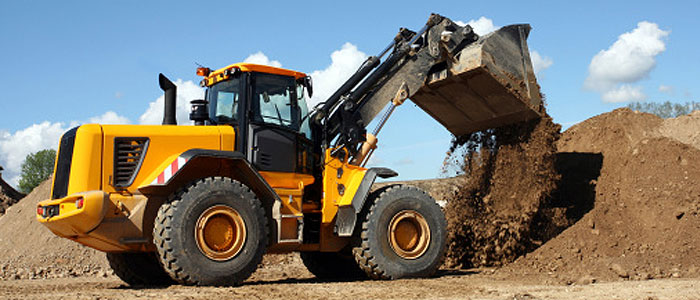Regardless of the type of construction, maximum uptime is constantly the preferred objective of a quality crew. When construction crews have abundant operating time, they have enough flexibility to optimize their operations, ensuing in more impressed clients and sustained contracts.
Construction delays can result in discontented customers and difficulty winning future contracts. As an outcome, it’s suggested for any crew to steer clear of delays as much as possible. One area to look at is construction equipment; a reasonably common cause of construction delays is defective equipment, which can typically be addressed as a preventive measure – before the damage happens – using the tips below:
Monitor the equipment’s important elements
There are lots of types of equipment on a construction site, but they normally all share “red flags” that could indicate a need for urgent repair. These “red flags” include:
- Hairline crack(s) along welds and on the frame
- Dirty air filters
- Low oil levels
- Eroding coolant levels
- Wear on track, tread, and tires
- Blotchy grease fittings
- Windshield cracks
If you observe any of these descriptions on construction equipment, it’s recommended to tackle it straight away. Even though it may be expensive to repair, it would cost a lot more in terms of construction delays and client discontent if something were to go severely wrong due to non-repair.
Use dealers for repairs
Even if you think you’re savoir-faire with tools and repair, it’s recommended to leave the repairs up to the dealer or original manufacturer for the defective equipment in question. They may charge a pretty penny, but they almost always have far-reaching knowledge about what needs to be repaired. Dealers and/or original manufacturers will do a faster job with the repairs, which means construction crews can put their own time and resources somewhere else.
Some dealers even provide software like CAT Connect, which uses technology to help observe a job site’s safety, sustainability, equipment management and output. Software tools like this go on to boost in popularity throughout the construction industry.
Accommodate an easy exchange of information
If any crew members become aware of a problem with equipment, or any of the abovementioned “red flags”, then they should be aware of a system that allows for easy exchange of information. Crew leaders should execute a communication plan that allows team members to send information up the chain, so problems like a hydraulics repair or low fuel levels on a tractor trailer can be tackled right away and without wavering. This will make repairs happen quicker, while also helping steer clear of overtime and – for crew leaders who are distributing the paychecks – the subsequent pay that comes along with it.
Make the most of downtime
Even when taking the precautions above, experienced construction crews will stumble upon legal reasons for downtime sooner or later. When this does happen, it’s best to make the most of downtime, so the crew can recommence without disruption when the issue is addressed and maybe even achieve more in that span.
Some ideas to make the most out of downtime is to handle and prepare paperwork, move equipment from one site to another, have certain materials delivered and stocked and to tackle any general maintenance of trucks and transportation, such as gas or oil changes.
Managing your construction equipment can save your crew time and money, which will result in a likelier chance of winning jobs in the future and preserving a positive reputation throughout the construction industry.


I really like that you touched on how hairline cracks along the frame aren’t a very good thing to see. My brother is a new manager at a local construction site and he needs to get new equipment. I’ll share this article with him so that he knows what to look for when buying that equipment.